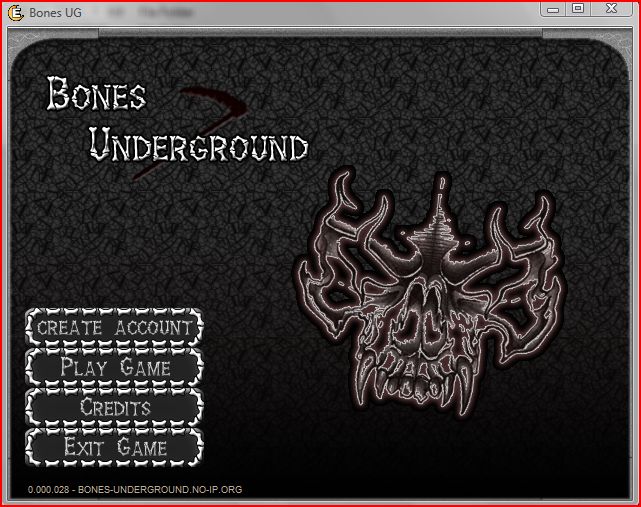Are Bones Underground?

The question "Are bones underground?" may seem straightforward, but it opens up a fascinating discussion about human remains, burial practices, and the natural decomposition process. Understanding where bones are typically found and the methods employed in burial can shed light on cultural practices, archaeological studies, and even our relationship with mortality. This article explores these themes, examining how human bones interact with the environment over time.
Quick Info Table
| Aspect | Description |
|---|---|
| Burial Depth | Typically 1.5 to 2 meters in most cultures |
| Bone Composition | Mainly collagen and minerals (calcium, phosphorus) |
| Decomposition Time | Varies; bones can last for decades to centuries |
| Cultural Practices | Varies widely by culture and religion |
| Archaeological Importance | Provides insight into past human behavior and societies |
Understanding Burial Practices
Historical Context
From the ancient Egyptians who practiced elaborate mummification to the Vikings who cremated their dead, burial practices have evolved significantly across cultures. Most societies have historically opted to bury their dead underground, often due to religious beliefs or to prevent the spread of disease. This practice not only reflects a deep respect for the deceased but also serves practical purposes, such as hygiene and land use.
Depth of Burial
In most cultures, the depth of burial typically ranges from 1.5 to 2 meters. This depth is generally sufficient to deter scavengers and prevent the remains from being disturbed. However, burial depth can vary based on local customs, soil types, and environmental conditions. For example, in some areas with high water tables, graves might be dug shallower.
Cultural Variations
The way bones are treated after death varies widely. In some cultures, like the Tibetan Sky Burials, the deceased are left exposed to the elements and scavengers. In contrast, Christian burial practices often emphasize interment in a graveyard, while Hindu traditions may include cremation, with ashes scattered in holy rivers.
Bone Composition and Decomposition
What Are Bones Made Of?
Bones are primarily composed of a matrix of collagen and minerals like calcium and phosphorus. This unique composition provides bones with strength and durability. Over time, however, bones undergo a natural decomposition process.
Decomposition Process
When a body is buried, the decomposition process begins almost immediately. Soft tissues deteriorate within weeks, but bones can remain intact for years, often decades or even centuries. Factors such as soil conditions, temperature, and moisture levels influence how quickly bones decompose. In dry climates, for example, bones may last much longer than they would in humid environments.
The Role of Microorganisms
Microorganisms play a significant role in the decomposition process. Bacteria and fungi break down organic matter, which can aid in the preservation of bones. In anaerobic (low-oxygen) conditions, which are often found in certain burial sites, the decay process slows down significantly, leading to better preservation of skeletal remains.
Archaeological Importance of Bones
Insights into Past Societies
Bones unearthed during archaeological digs provide invaluable insights into past human behavior, health, and societal structures. By studying the remains of individuals, archaeologists can learn about dietary habits, health issues, and even social hierarchies. For instance, the analysis of skeletal remains can reveal whether a population was primarily agricultural or hunter-gatherer.
Forensic Anthropology
In addition to archaeological studies, forensic anthropology plays a critical role in modern investigations. Forensic anthropologists can determine the age, sex, and ancestry of skeletal remains, aiding in criminal investigations and helping to identify missing persons. Their expertise helps bridge the gap between history and contemporary forensic science.
Modern Practices and Perspectives
Contemporary Burial Practices
Today, burial practices continue to evolve. Many people opt for cremation as a more environmentally friendly alternative, with ashes either scattered or kept in urns. This shift reflects changing attitudes toward death and the environment, as well as the desire for simplicity in post-mortem arrangements.
Environmental Considerations
As awareness of environmental issues grows, some individuals and communities are exploring green burials, which focus on minimizing the ecological impact of burial. These practices often involve using biodegradable materials for coffins and choosing natural burial sites, allowing the body to decompose naturally without harmful chemicals.
Conclusion
In answering the question, "Are bones underground?" we find that the relationship between bones and burial practices is complex and multifaceted. From the historical significance of burial traditions to the biological processes that preserve remains, bones serve as a window into our past. They not only reflect cultural values but also provide insights into how societies have evolved.
As our perspectives on death and burial continue to change, it is essential to recognize the significance of how we treat our deceased. Whether through traditional burials or modern alternatives, the choices we make about our final resting places resonate with our values and beliefs. Understanding these practices invites us to reflect on our mortality and the legacy we leave behind.



Comments ()